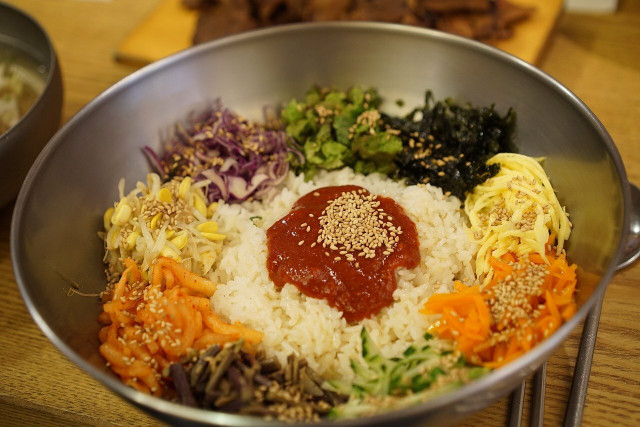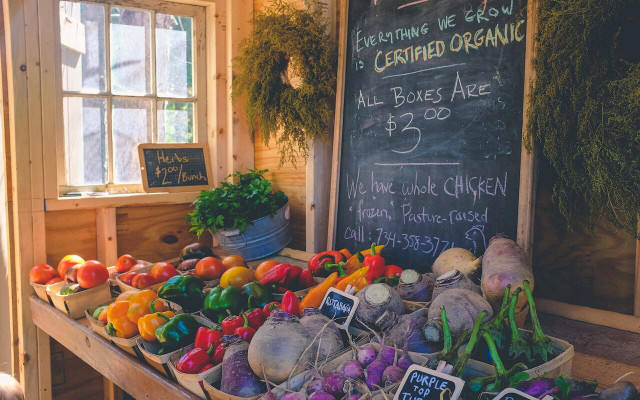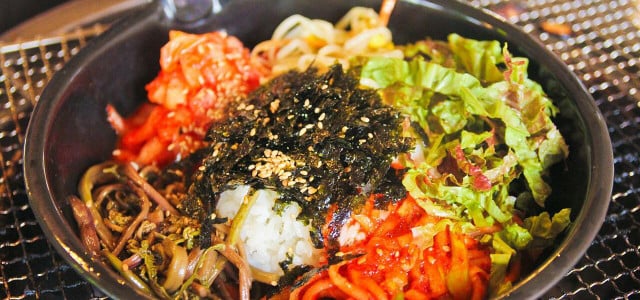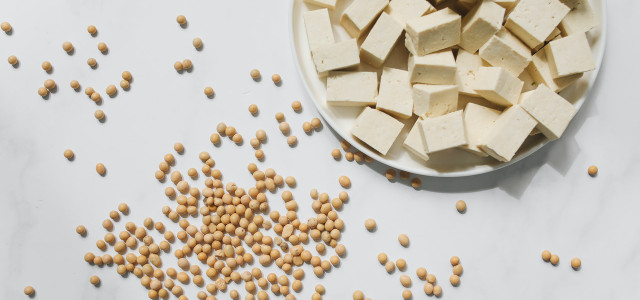Bibimbap is a traditional Korean dish that can be made in a matter of minutes. We’ll show you a super quick and tasty vegan bibimbap recipe for any occasion.
If you haven’t had the pleasure of becoming acquainted, Bibimbap is derived from the Korean word of the same name, which means ‘mixed rice’,’ as it traditionally includes rice, vegetables, and some type of protein (usually beef).
The recipe is typically utilized as a fantastic leftover dinner, and it incorporates a variety of vegetables, which further adds to its nutritional content. We’ll show you how to create a great plant-based vegan Bibimbap in one pan in around half an hour.
Before we begin, we’d like to remind out that if you aren’t fan of tofu, you may substitute other types of legumes such as chickpeas, beans, or lentils, or leave it out entirely. Whatever the case may be, it will still taste good!
Homemade Vegan Bibimbap Recipe



(Foto: CC0 / Pixabay / fudowakira0)
Estimated Cooking Time: 25 -30mins
Ingredients
- 8 oz. organic tofu (firm)
- 5 oz. mushrooms
- 1 tbsp oil
- 1 carrot, julienned/thinly sliced
- 1 spring onion, finely sliced
- 4-6 radishes
- 1 small zucchini, julienned/thinly sliced*
- 3 cups of spinach, washed
- 2 cups of short grain rice, cooked
- 1 cup of soy beans/bean sprouts, edamame beans also work
- Pepper, to taste
- ½ tsp salt
* (alternatively use half a cucumber)
Optional
- 4 tsp soy sauce
- 1 tsp sesame oil
- fresh lime juice
- sesame seeds, for garnish
Instructions for Vegan Bibimbap
- Make some rice to get things started. When the rice is done cooking, drain and transfer it to a big serving bowl. You can also fluff with a fork to keep it from clumping together.
- Vegetables and tofu should be cut up next. Slice your vegetables and chop your tofu and mushrooms into little pieces. Carrots and zucchini should be julienned (sliced into thin sticks) or grated for the ideal texture.
- Fry your tofu and mushrooms with salt and pepper with a large tablespoon of oil in a frying pan set to medium-high heat. Allow the tofu and mushrooms to brown slightly by tossing it in the pan for a few minutes. Place aside in a dish or platter.
- Cook the carrots for a few minutes, or until they begin to soften. Then, add the mushrooms, zucchini, spring onions, beans or bean sprouts, and a bit of salt and simmer until most of the vegetables are cooked through.
- Add in washed spinach to the pan and sauté briefly for a minute or two until it has wilted.
- Add your rice and mix thoroughly. It is possible to add gochujang sauce and toasted sesame seeds to your skillet of cooked vegetables for a stronger texture and flavor. Let the flavors marinate together before serving.
- Enjoy your delicious vegan bibimbap. As you can see, it’s a cinch to put together.
Bibimbap Seasoning
If you want to make your taste buds feel alive, don’t forget to season your vegan bibimbap with some spices. Traditionally, bibimbap is served with soy sauce and some Umami spices, which are comprised of natural, organic, dried herbs like coriander, cumin, and sea salt. This blend of rich flavors will give your vegan bibimbap that authentic Korean taste.
If you’re feeling very ambitious, you can make your own Gochujang sauce to compliment your vegan bibimbap. Make it from scratch by blending together red chili powder, sticky rice, ground fermented soybeans, and some salt for seasoning.
Points to Consider When Making Vegan Bibimbap



(Foto: CC0 Public Domain / Unsplash / Kenny Eliason)
- Organic items should be used in the recipe. By doing so, you’re helping to promote environmentally and health-friendly agriculture that doesn’t rely on synthetic chemical pesticides. Mushrooms and onions are good examples of ingredients that you can utilize to ensure they are local. By doing so, you can cut down on the number of miles the dish travels while also helping to maintain a more sustainable climatic equilibrium.
- Bibimbap can be made in a variety of ways, which means you can change the base of the dish to your heart’s content. For example, you can use couscous instead. It’s also possible to go with seasonal and flavorful vegetables too. We outlined a seasonal vegetable calendar before in our delicious Vegan Poke Bowl Recipe, if you want to check it out.
- If you want to avoid gluten, lower your soy intake, or have a more sustainable alternative to tofu for any of the reasons outlined above, you can always replace tofu with a nutritious, homemade chickpea tofu.
- For those who find the classic bibimbap dish a tad too time-consuming, there is another option: frying the vegetables combined in a pan. As a result, you conserve both time and use less energy from the stovetop.
Read more:
- Homemade Ramen Broth: Vegan & Healthy
- Vegan Fish Sauce: The No-Fish Sauce You Can Make at Home
- How to Make Mushroom Soup: Easy & Vegan Recipe
Do you like this post?









